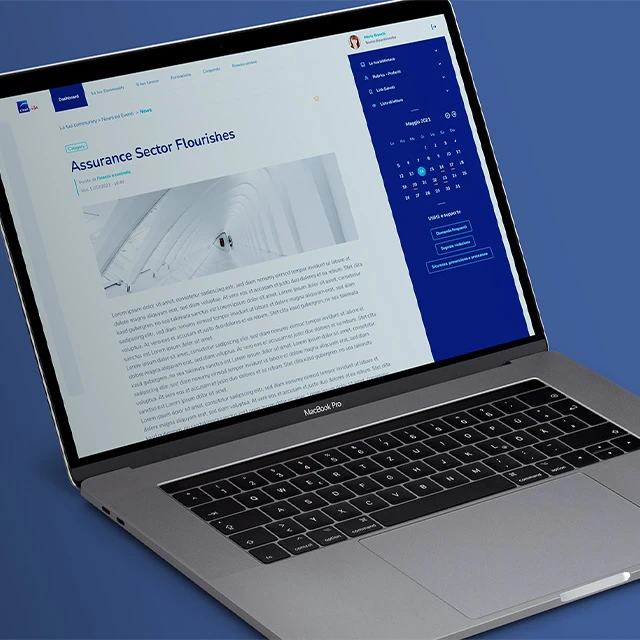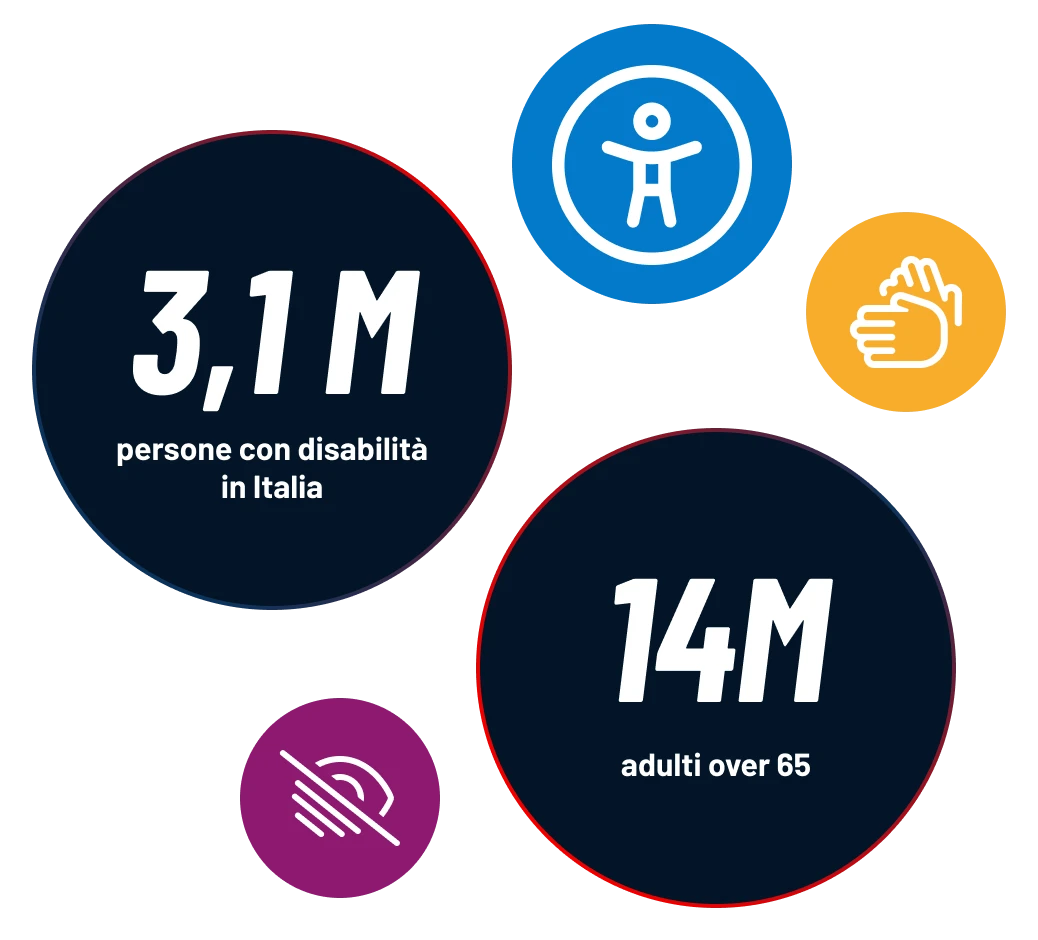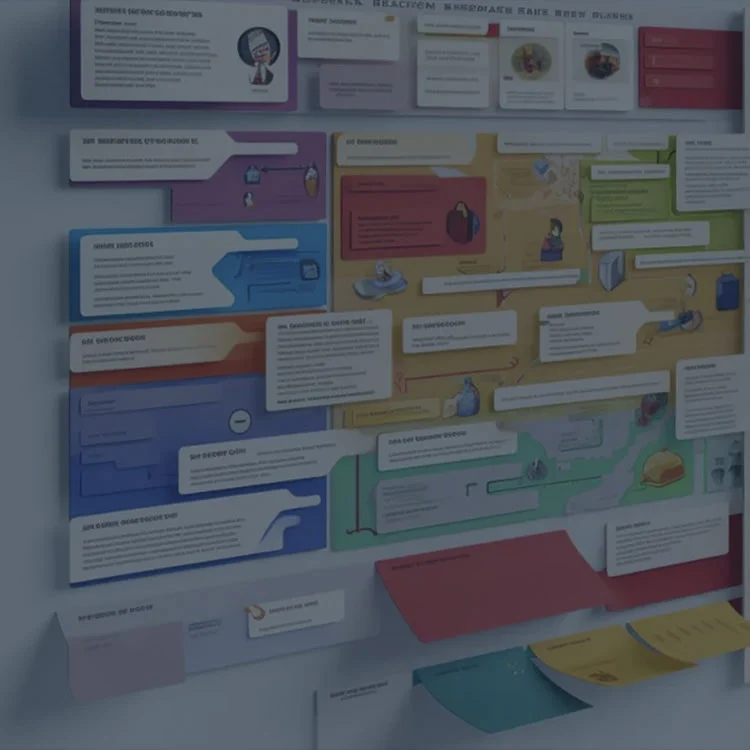Many people think that simply installing new accessibility widgets is enough to be compliant. Although they may seem like a shortcut, in reality, these tools alone do not guarantee full compliance with EAA requirements. It is therefore important to combine widgets with a specialized technical intervention.
To be truly compliant, you need an approach that integrates accessibility from the design stage: a “design-to-code” method that only a specialized technical partner can orchestrate.
To help you navigate this complexity, we have condensed our experience into a strategic guide for CIOs, marketing directors, and UX/UI managers.






















